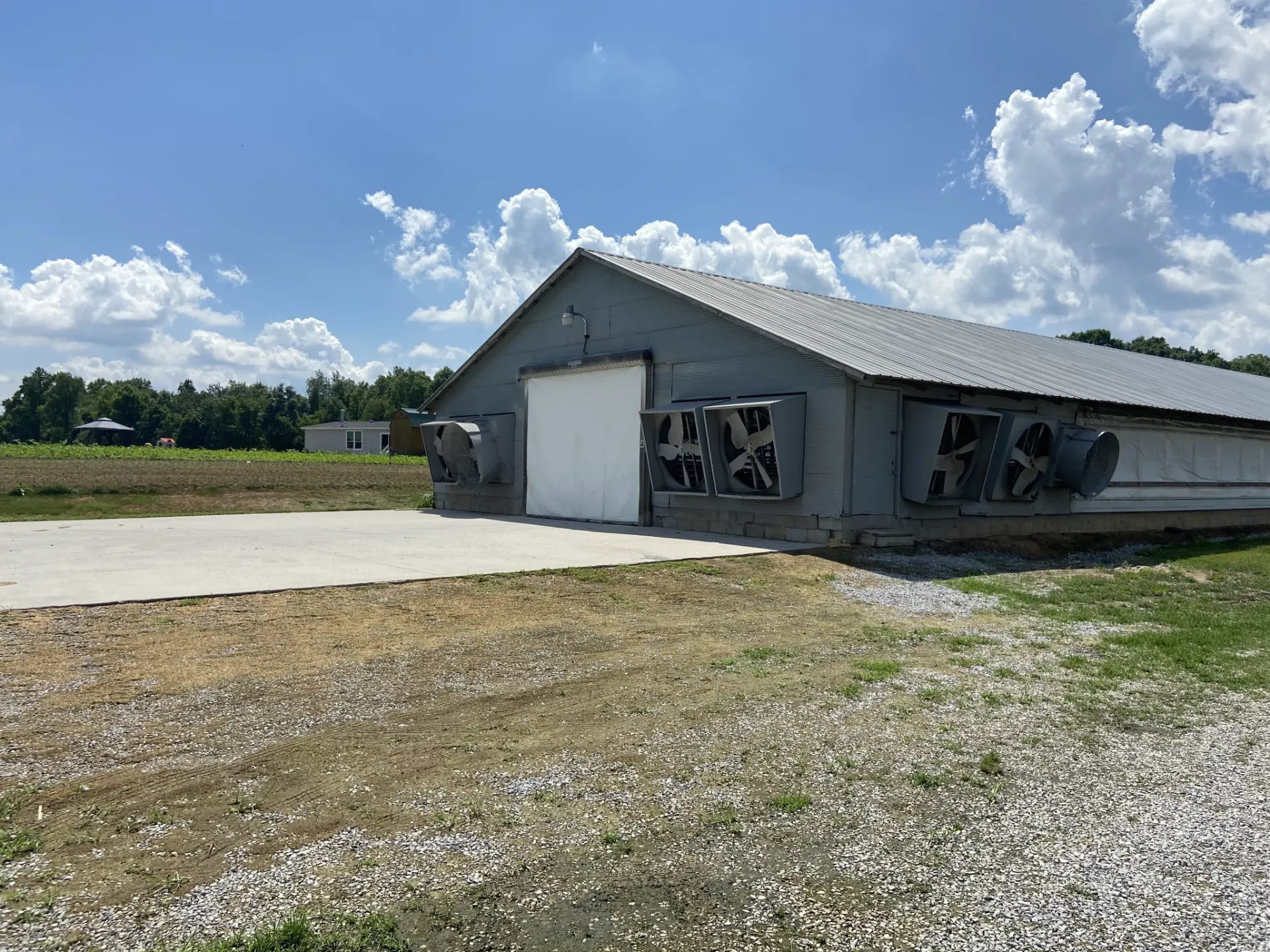- Afrikaans
- Albanian
- Amharic
- Arabic
- Armenian
- Azerbaijani
- Basque
- Belarusian
- Bengali
- Bosnian
- Bulgarian
- Catalan
- Cebuano
- Corsican
- Croatian
- Czech
- Danish
- Dutch
- English
- Esperanto
- Estonian
- Finnish
- French
- Frisian
- Galician
- Georgian
- German
- Greek
- Gujarati
- Haitian Creole
- hausa
- hawaiian
- Hebrew
- Hindi
- Miao
- Hungarian
- Icelandic
- igbo
- Indonesian
- irish
- Italian
- Japanese
- Javanese
- Kannada
- kazakh
- Khmer
- Rwandese
- Korean
- Kurdish
- Kyrgyz
- Lao
- Latin
- Latvian
- Lithuanian
- Luxembourgish
- Macedonian
- Malgashi
- Malay
- Malayalam
- Maltese
- Maori
- Marathi
- Mongolian
- Myanmar
- Nepali
- Norwegian
- Norwegian
- Occitan
- Pashto
- Persian
- Polish
- Portuguese
- Punjabi
- Romanian
- Russian
- Samoan
- Scottish Gaelic
- Serbian
- Sesotho
- Shona
- Sindhi
- Sinhala
- Slovak
- Slovenian
- Somali
- Spanish
- Sundanese
- Swahili
- Swedish
- Tagalog
- Tajik
- Tamil
- Tatar
- Telugu
- Thai
- Turkish
- Turkmen
- Ukrainian
- Urdu
- Uighur
- Uzbek
- Vietnamese
- Welsh
- Bantu
- Yiddish
- Yoruba
- Zulu
Dic . 21, 2024 06:48 Back to list
Design and Construction of Steel Buildings
Steel has long been a favored material in the construction industry, particularly for large-scale buildings. Its combination of strength, versatility, and durability makes it an ideal choice for a wide range of applications, from commercial structures to residential homes. The design and construction of steel buildings involve several critical factors that ensure both safety and aesthetic appeal while meeting regulatory standards.
One of the primary advantages of using steel in construction is its high strength-to-weight ratio. This means that steel structures can support heavy loads without needing excessive material, leading to more efficient designs. Structural engineers often utilize this property to create expansive open spaces with minimal support columns, which is particularly advantageous in commercial buildings such as shopping malls and airport terminals. The ability to achieve clear spans allows for greater flexibility in the interior layout and utilization of space.
In the design phase, architects must consider not only the structural integrity of steel buildings but also their aesthetic appeal. Steel can be treated and finished in various ways, providing architects with creative freedom. For instance, exposed steel beams and columns can create an industrial aesthetic, while painted or coated steel can enhance a building’s visual appeal and resistance to corrosion. The versatility of steel lends itself to different architectural styles, from modernist to neoclassical.
Another essential aspect of designing steel buildings is understanding the environmental factors that influence construction. Steel is not only strong but also relatively lightweight, allowing for easier handling and installation on-site. However, designers must account for wind and seismic loads, particularly in areas prone to extreme weather or earthquakes. Advanced modeling software and simulation technologies assist architects and engineers in predicting how a structure will behave under various conditions, enabling them to create safer and more resilient buildings.
design and construction of steel buildings

Construction practices for steel buildings have evolved significantly over the years. Prefabrication is one of the most notable advancements, allowing components to be manufactured off-site and then assembled on-site. This method enhances efficiency, minimizes waste, and reduces construction time. Innovative technologies such as Building Information Modeling (BIM) facilitate better collaboration among architects, engineers, and contractors by providing a comprehensive digital model of the project. BIM helps in identifying potential issues early in the design process, reducing costly changes during construction.
Safety is paramount in the construction of steel buildings. The material itself is non-combustible, providing a fire-resistant advantage. However, construction workers are exposed to various hazards, including working at heights and dealing with heavy machinery. Implementing strict safety protocols and training is essential to mitigate these risks. Additionally, regular inspections and adherence to building codes ensure that structures are built to withstand the test of time.
Sustainability is increasingly becoming a focal point in the design and construction of buildings. Steel is recyclable, and using recycled steel can significantly reduce the environmental impact of a project. Moreover, many steel manufacturers are committed to sustainable practices, utilizing energy-efficient methods in production. Designers are now incorporating green building standards such as LEED (Leadership in Energy and Environmental Design) to enhance the sustainability of steel structures, promoting energy efficiency and reduced carbon footprints in the built environment.
In conclusion, the design and construction of steel buildings represent a harmonious blend of engineering, architecture, and innovation. Steel's inherent properties make it an ideal material for creating safe, versatile, and aesthetically pleasing structures. As the construction industry continues to evolve, embracing new technologies and sustainable practices will ensure that steel buildings remain a symbol of modern architectural achievement. With careful planning and execution, steel structures will not only meet current needs but also adapt to future demands, standing as a testament to the ingenuity of contemporary construction methods.
-
Cold Formed Steel Residential Framing
NewsMay.21,2025
-
Innovative Steel Structure Building Solutions
NewsMay.19,2025
-
Innovative Prefab Metal Shed Solutions
NewsMay.19,2025
-
Durable Steel Horse Shelter Solutions
NewsMay.19,2025
-
Durable Metal Shed Solutions
NewsMay.19,2025
-
Durable Big Metal Shed Solutions
NewsMay.19,2025
Products categories
Our Latest News
We have a professional design team and an excellent production and construction team.












